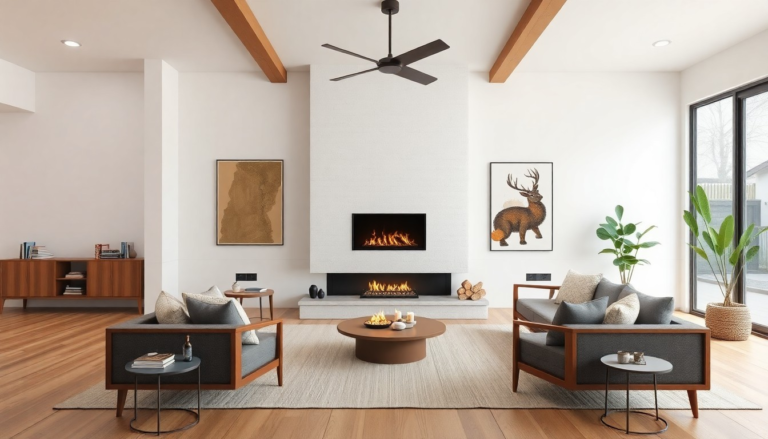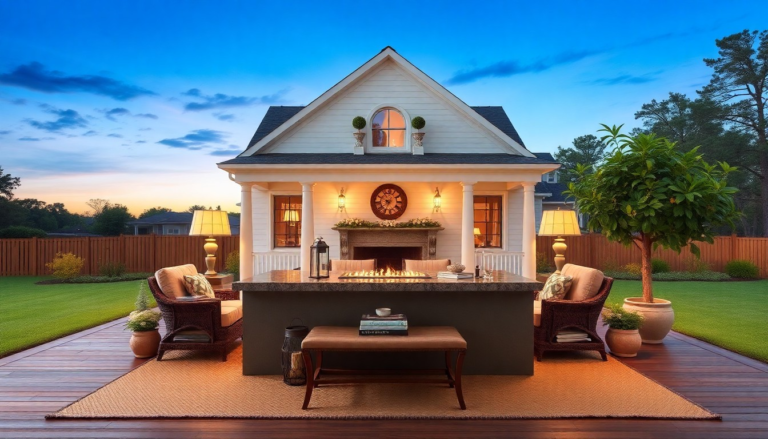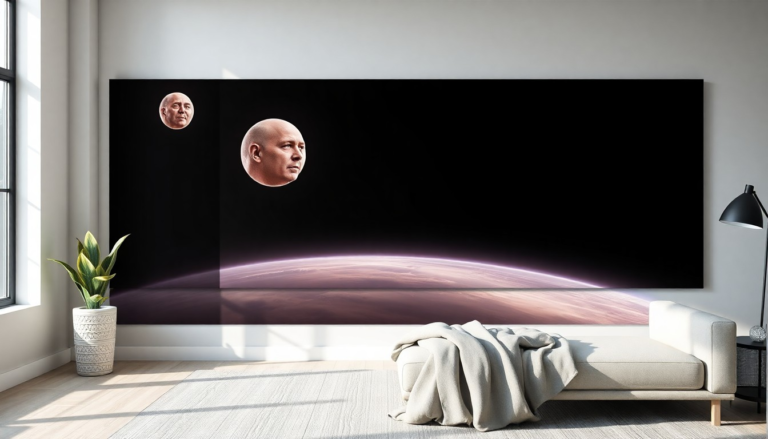21 Simple House Design Ideas That Blend Style With Practicality

Designing a house doesn’t always require a high budget, an architect’s blueprints, or the latest Pinterest trends.
Sometimes, simple is smarter.
A well-thought-out, simple house design can be easier to maintain, faster to build, and more adaptable to changing needs over time.
Whether you’re starting from scratch or planning a small renovation, these ideas will help you build a space that feels both functional and beautiful—with no fluff, just real, useful tips.
1. Embrace Open Floor Plans for Natural Flow
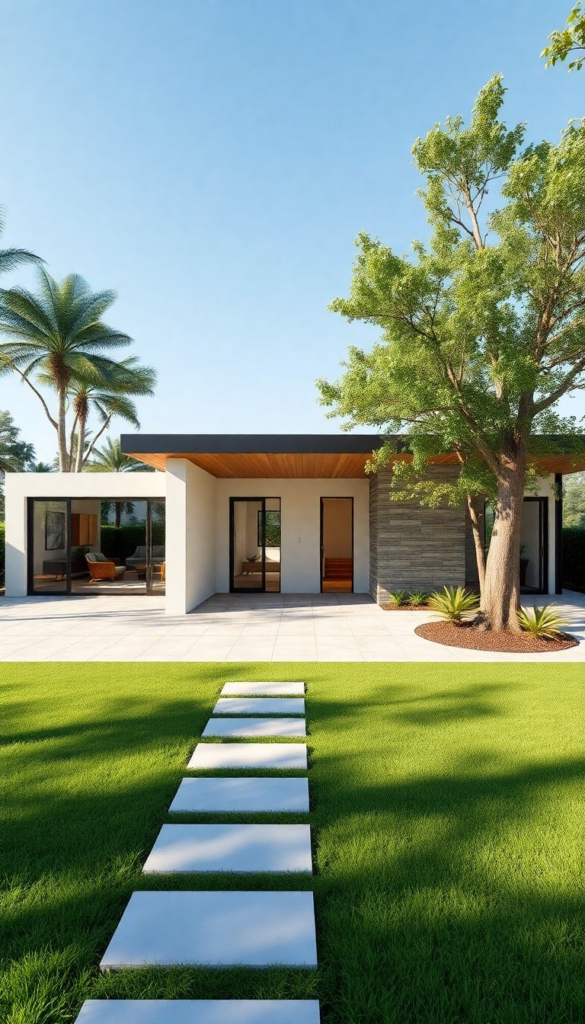
Open floor plans are more than just a trend—they’re a lifestyle upgrade.
Removing unnecessary walls between the kitchen, living, and dining areas encourages interaction and flexibility.
It also helps natural light travel freely, making your home feel more spacious and connected.
From a practical standpoint, open spaces also reduce construction costs by eliminating materials and labor required for partition walls.
According to a study from the National Association of Home Builders, open floor plans are among the top three design features most desired by homebuyers in the U.S.
When I renovated my first tiny cottage, tearing down the wall between the living room and kitchen was like ripping off a blindfold—suddenly, the entire place lit up.
2. Prioritize Function Over Form in Every Room
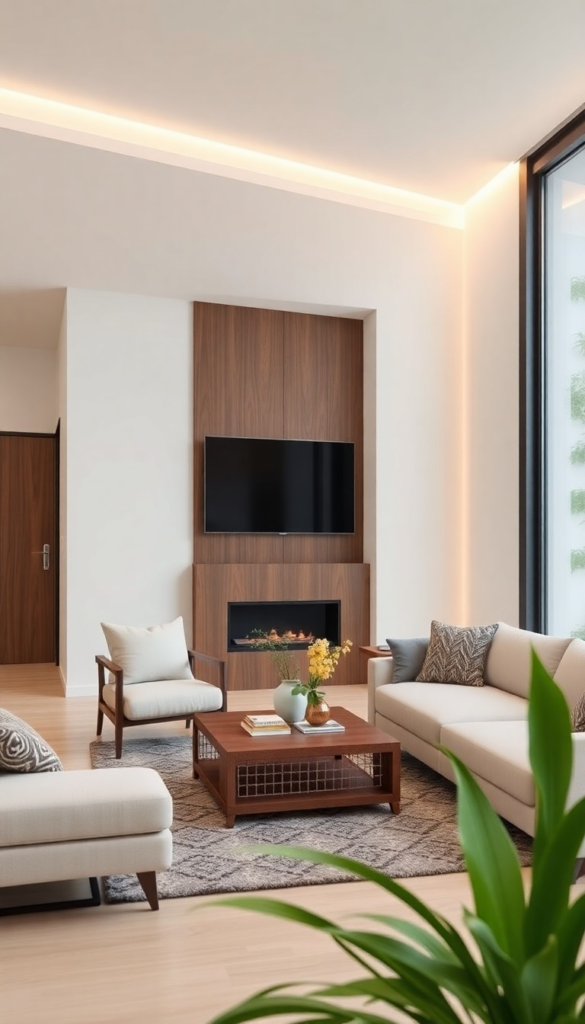
Minimalism isn’t about cold, empty spaces—it’s about intentionality. Every design decision should answer: “What problem does this solve?”
For example, a built-in bench in the entryway that doubles as shoe storage is more useful than a decorative console table that collects clutter.
Use furniture and design features that serve multiple purposes. Especially in small homes, this mindset frees up floor space and reduces visual chaos.
Your future self (and your vacuum cleaner) will thank you.
3. Use Natural Materials to Create Warmth
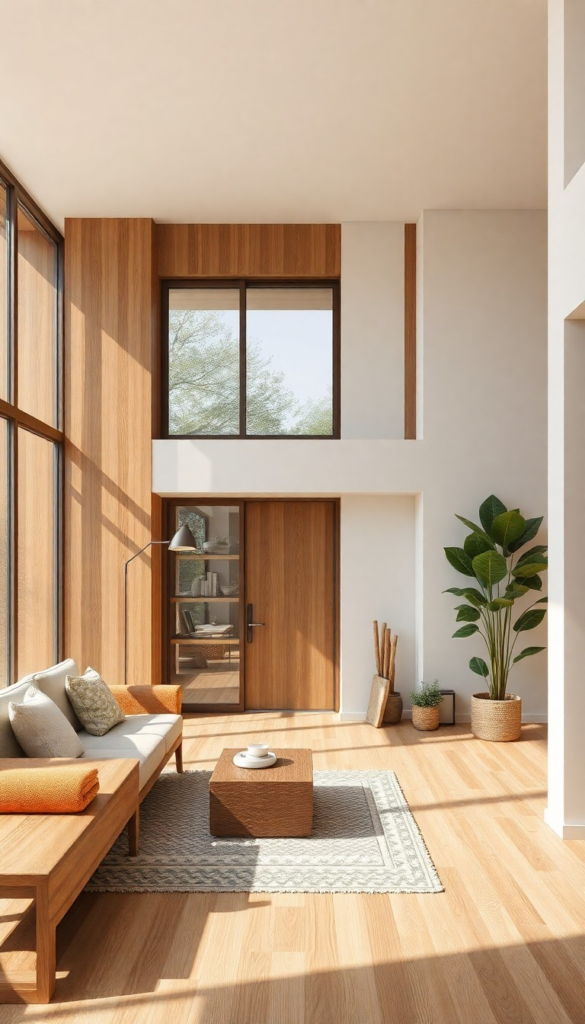
Wood, stone, clay, bamboo—these timeless materials bring warmth and authenticity that paint and plastic can’t mimic.
They’re also incredibly durable and environmentally friendly.
Natural textures add character without overwhelming the space, helping you keep things simple yet rich.
I always recommend using solid wood for flooring if your budget allows. It’s not only visually grounding but can last for generations.
Bonus tip: Unfinished or matte finishes feel more relaxed and less fussy—perfect for that simple-yet-sophisticated aesthetic.
4. Stick to a Cohesive Color Palette
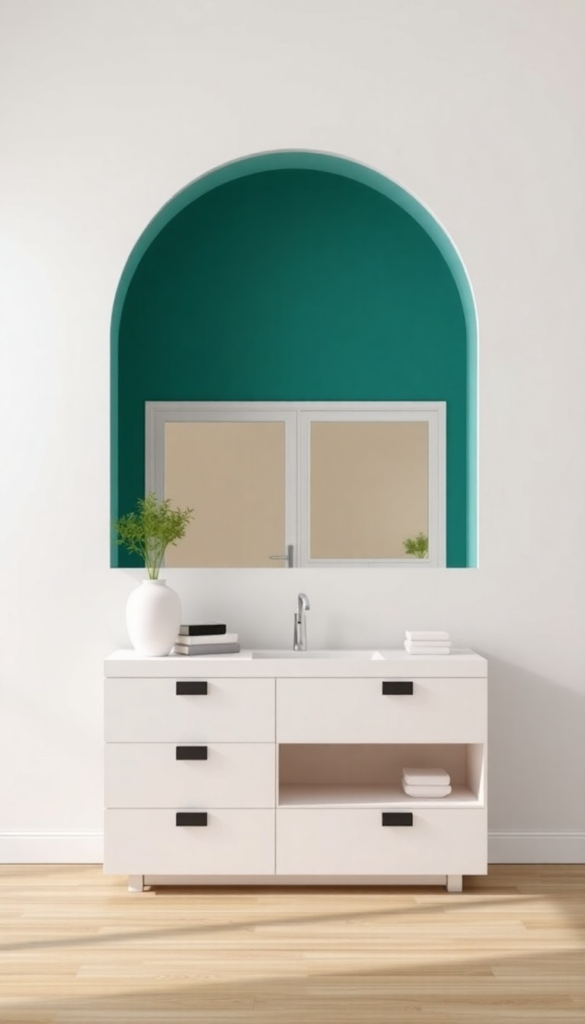
Here’s a design secret most pros won’t tell you: a limited color palette = instant sophistication.
Pick 3–5 complementary shades and use them throughout your home.
It makes transitions between rooms seamless and gives the illusion of greater order—even if your closet’s a mess.
Use whites or warm neutrals as your base.
Add earthy greens, blues, or rust tones to create subtle interest.
Avoid overly bold accent walls unless they truly align with your personality and the purpose of the space.
Color is emotional. Keep it calm and cohesive, and your home will feel like a gentle exhale.
5. Let Windows Steal the Show
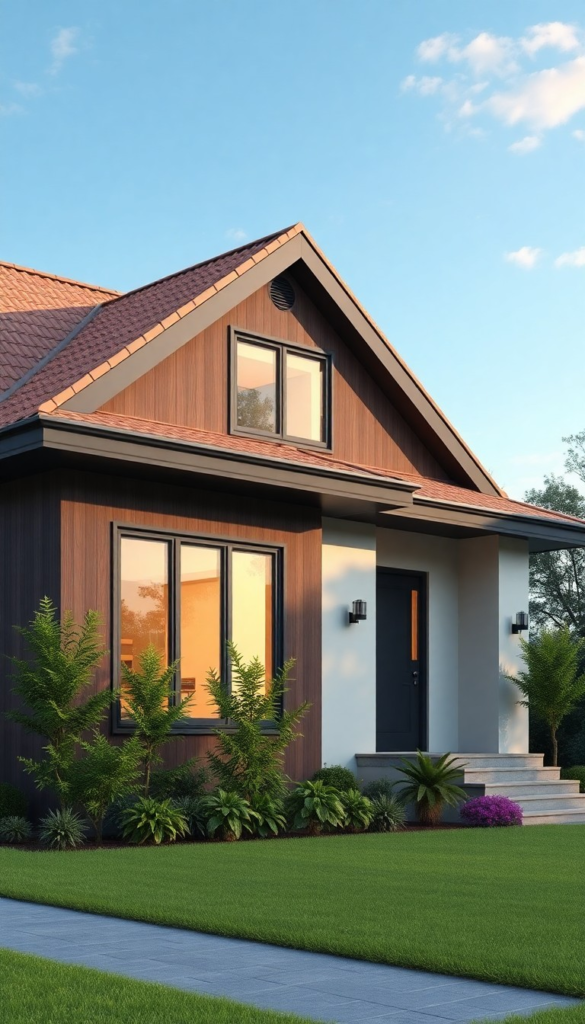
In simple house designs, windows are the unsung heroes.
They frame your view, pull in natural light, and reduce the need for artificial lighting during the day—cutting energy costs and supporting your circadian rhythm.
Opt for large, strategically placed windows.
Think floor-to-ceiling glass in living areas, clerestory windows for privacy in bathrooms, or a kitchen window that lets you stare into the garden while doing dishes (a personal favorite of mine).
And don’t over-dress them—light linen curtains or no coverings at all keep the look airy and uncomplicated.
6. Consider a Single-Story Layout
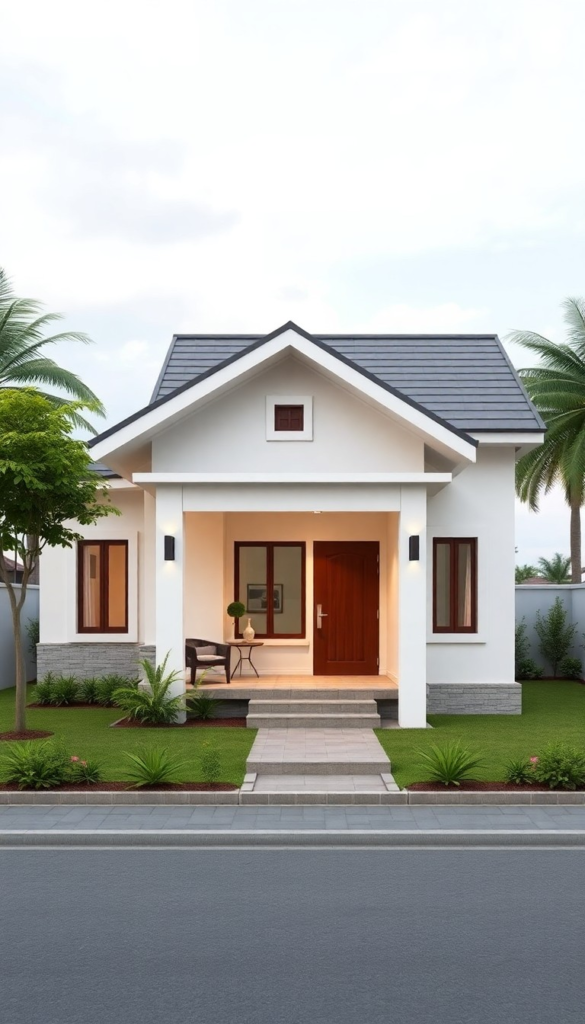
One-story homes are the gold standard for simplicity.
They’re easier to navigate, cheaper to heat and cool, and often more structurally stable in areas prone to earthquakes or storms.
In fact, single-story homes cost about 20% less to build per square foot compared to multi-story houses, according to data from the U.S. Census Bureau.
If you want long-term practicality (especially for aging in place), a single-level design is a smart move.
7. Go for a Gable or Shed Roof

Complicated rooflines = higher construction and maintenance costs. Keep it simple with a classic gable or shed roof.
These styles offer excellent drainage, allow for vaulted ceilings, and are easy for builders to execute without pricey engineering.
A shed roof, sloping in a single direction, is particularly good for solar panel installation—a future-proofing win.
8. Opt for Built-In Storage Wherever Possible
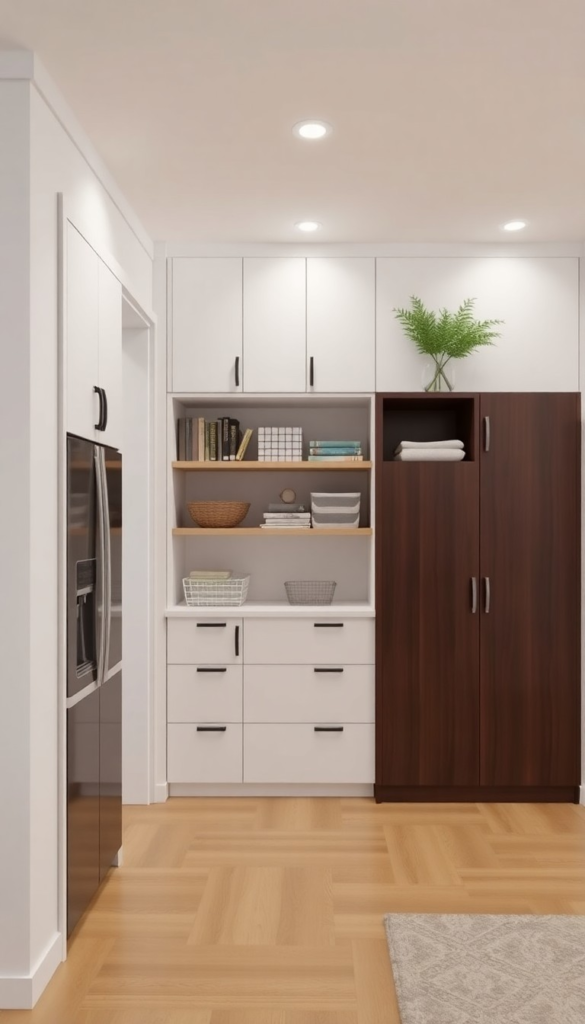
Freestanding shelves and wardrobes add bulk. Built-ins blend with your architecture, saving space and making rooms feel larger.
Think wall-to-wall bookcases, under-stair drawers, or a mudroom bench with cubbies.
One client of mine built floor-to-ceiling cabinets in her hallway instead of using closets—and now she stores everything from pantry items to seasonal decor in a spot that would have gone underutilized.
Built-ins might cost more upfront but pay off in square footage and peace of mind.
9. Simplify the Kitchen Layout
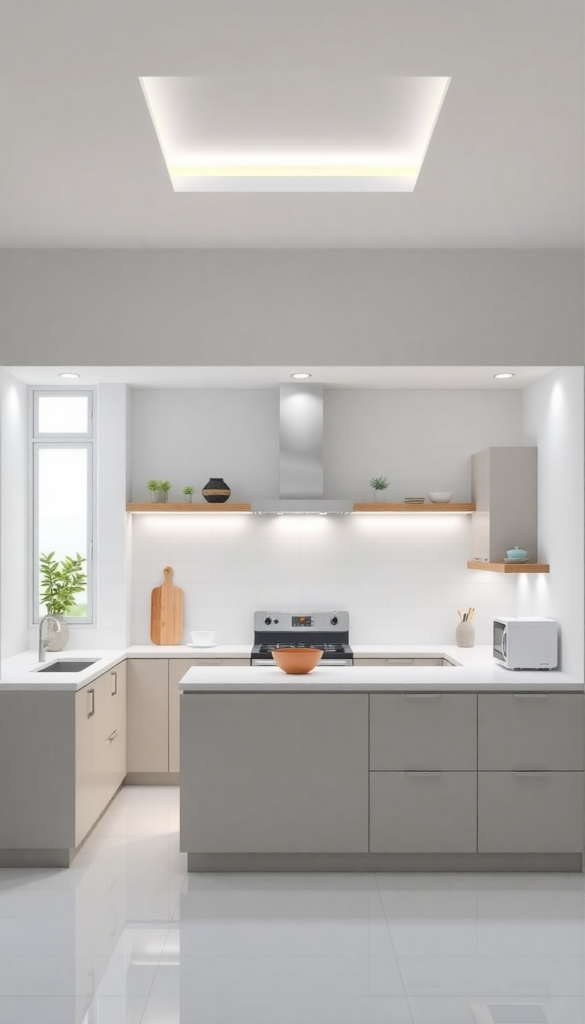
The most efficient kitchens are based on the “work triangle” principle—placing the sink, stove, and refrigerator in a triangular layout to minimize movement.
Stick to clean cabinetry, handle-less drawers, and neutral surfaces.
An island with storage and seating can also double as your family’s meal prep and homework station.
Remember, this is a workspace—prioritize utility, clean lines, and easy-to-wipe surfaces.
10. Use Sliding Doors to Save Space

Swinging doors eat up valuable real estate. Consider pocket doors, barn doors, or Japanese shoji screens for smaller rooms or closets.
They add personality without compromising practicality.
In my own home, swapping out a bathroom door for a sliding option created enough space to add a small laundry cabinet.
It’s a small change that made a big impact.
11. Create Indoor-Outdoor Harmony
Simple homes blur the line between indoors and out. Use large glass doors that open to patios or gardens.
Keep flooring materials and colors consistent across thresholds to encourage visual flow.
A small deck, a gravel courtyard, or even a few container plants can serve as an “outdoor room”—perfect for relaxing or entertaining without needing a sprawling yard.
The outdoors is your bonus square footage. Use it.
12. Choose Low-Maintenance Finishes
Low maintenance is the cornerstone of smart design.
Choose matte paint that hides fingerprints, laminate or quartz countertops that resist stains, and porcelain tiles that don’t require sealing.
Think long-term: will this material still look good in five years? Can it handle pets, kids, or the occasional clumsy guest with a glass of red wine?
The simpler the material upkeep, the less stress your house adds to your daily life.
13. Keep the Exterior Uncomplicated
Curb appeal doesn’t require excessive trim, fancy lighting, or complex landscaping.
A simple, well-maintained exterior with clean lines, a cohesive color scheme, and thoughtful lighting can be just as impactful.
Choose hardy siding like fiber cement or vertical wood slats. Stick to two or three exterior finishes. Symmetry and balance go a long way here.
A simple front porch or awning gives just enough welcome without shouting.
14. Create Multi-Functional Spaces
A guest room that doubles as an office, a dining area that works as a homework hub, or a living room that transforms into movie night central—these spaces do more with less.
Multi-functionality isn’t just for tiny homes. It’s for busy, real-life living.
When designing each room, ask: “What else could this space be when I’m not using it for its primary purpose?”
15. Install Smart Lighting With Layers
Simple design is never boring—it just knows how to use layers. Combine ambient, task, and accent lighting in each room.
Use recessed lights for overall brightness, pendants over dining areas, and lamps for cozy corners.
Dimmer switches let you adjust the mood without redecorating.
Lighting is one of the most overlooked tools in the design toolbox. Used wisely, it can transform a plain room into a sanctuary.
16. Limit Decor to What You Love
Don’t fill shelves for the sake of it. Curate your decor like a gallery—only keep what you love and use.
A handful of cherished items displayed with intention speaks louder than a cluttered collection.
In my own home, I keep a single ceramic bowl from a street market in Tokyo on my mantel. It’s simple. It tells a story. It doesn’t need competition.
Your space should reflect you, not the latest Instagram trend.
17. Design Around Your Daily Habits
Great design is personal. Think about your daily routines—where you drop your keys, where the kids do their homework, where you drink your morning coffee.
Now, design your spaces to support those habits. Hooks near the door. A shelf by your favorite chair. A reading light in your coffee nook.
This isn’t fluff. This is what makes a house feel like home.
18. Use Mirrors to Expand Small Spaces
Mirrors are your secret weapon for small homes. They reflect light and make rooms feel twice as big.
Place a mirror opposite a window, or hang one at the end of a hallway to give the illusion of more space.
Don’t overdo it—one well-placed mirror is more effective than covering a wall like a dance studio.
19. Add Personality Through Texture, Not Clutter
Instead of crowding shelves or layering knick-knacks, focus on rich textures to add depth.
Use woven baskets, boucle pillows, jute rugs, raw wood, or matte ceramics.
Texture adds interest without visual noise. It makes a minimalist room feel warm, not sterile.
20. Keep HVAC and Utilities Easy to Access
This might not be sexy, but it’s smart: design access points for maintenance.
That means not hiding plumbing behind permanent drywall or placing your water heater in a crawl space you can’t reach.
You’ll save money, headaches, and time in the long run.
Form follows function—even when that function is calling a plumber at midnight.
21. Design With the Future in Mind
Design choices today should still work five or ten years from now. Choose timeless layouts, quality finishes, and avoid anything that feels like a gimmick.
Think about aging, growing families, remote work, or resale value. Flexibility is key.
Your home should evolve with you—not lock you into a style or layout that feels outdated in two years.
A simple house is not a compromise—it’s a conscious choice to build something livable, beautiful, and smart.
By focusing on function, clarity, and warmth, you’ll create a home that stands the test of time—and one you’ll love living in every single day.
Remember: simplicity is not the absence of design, but the mastery of it.


